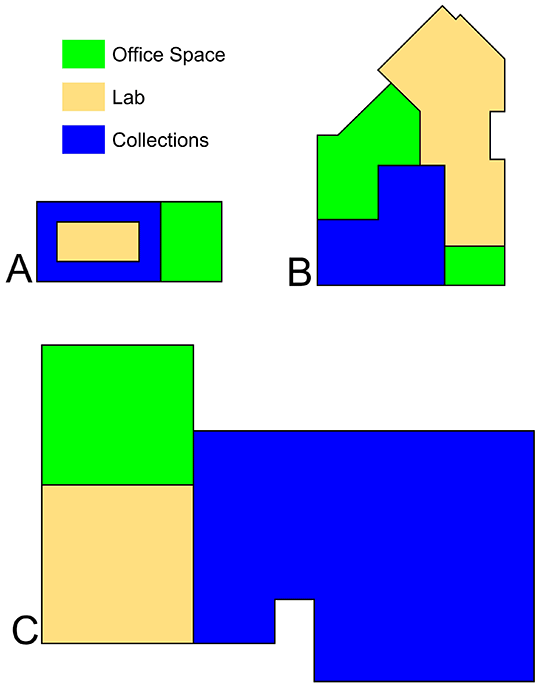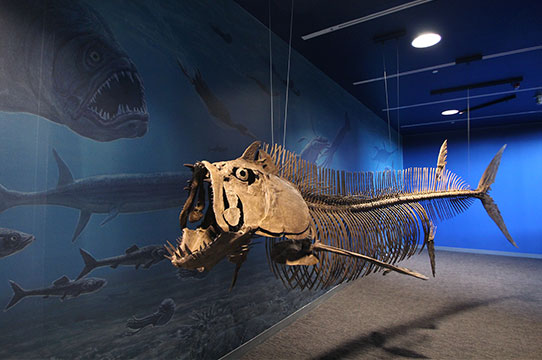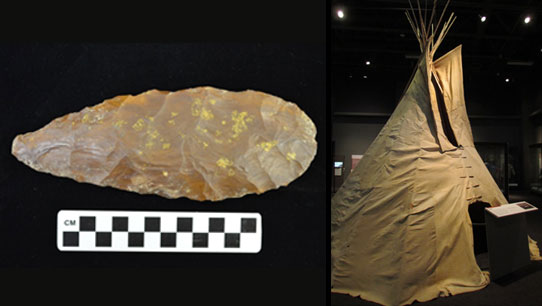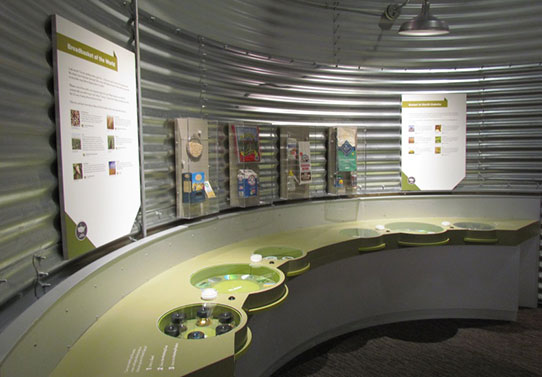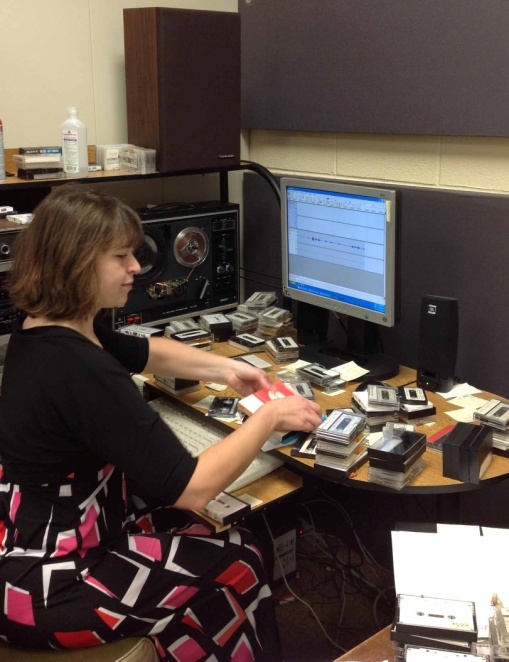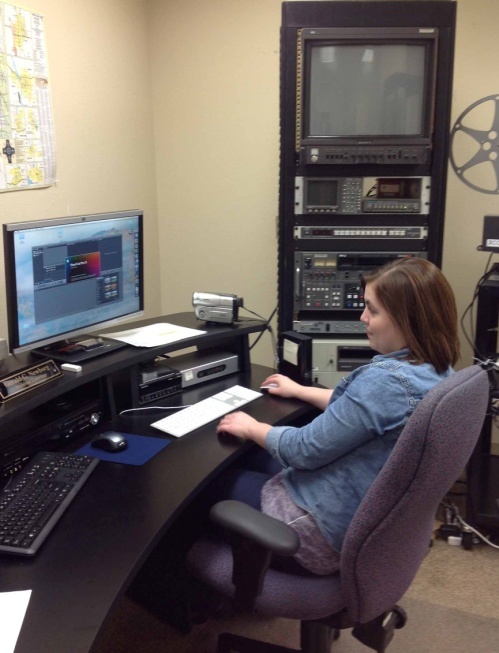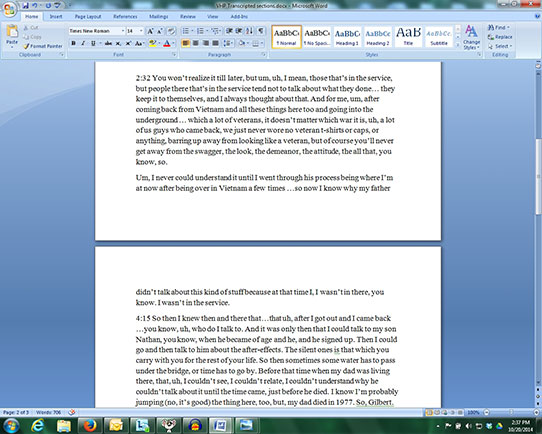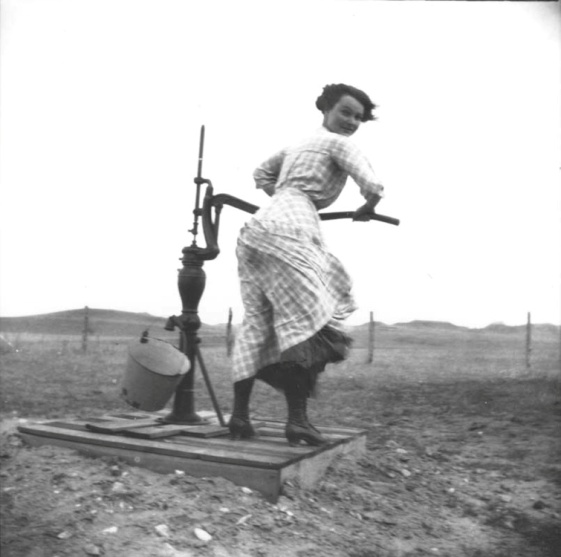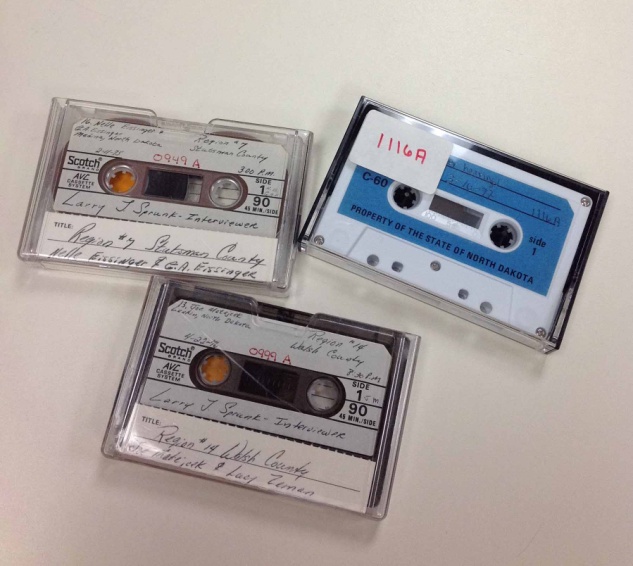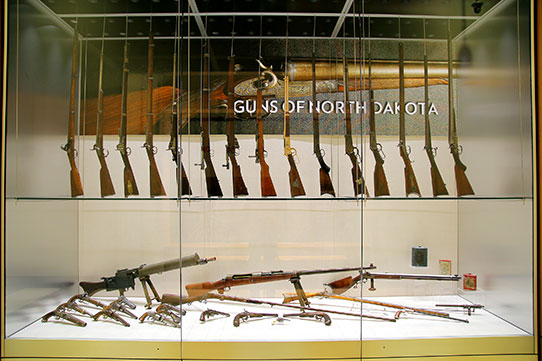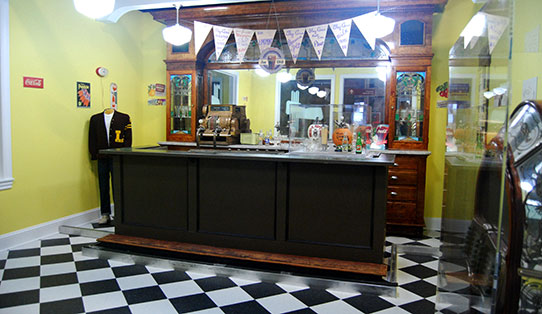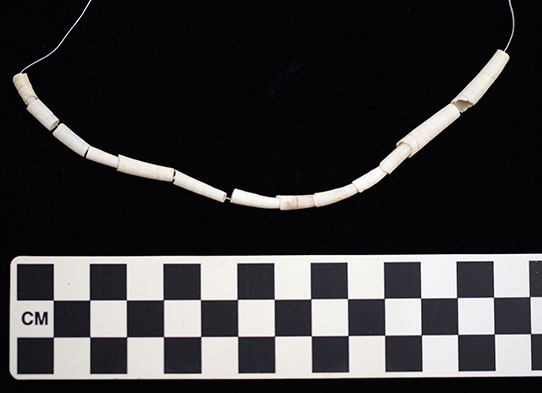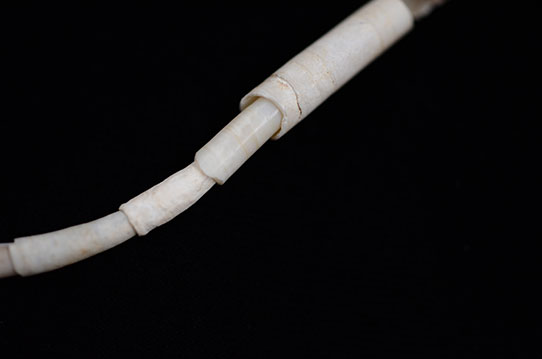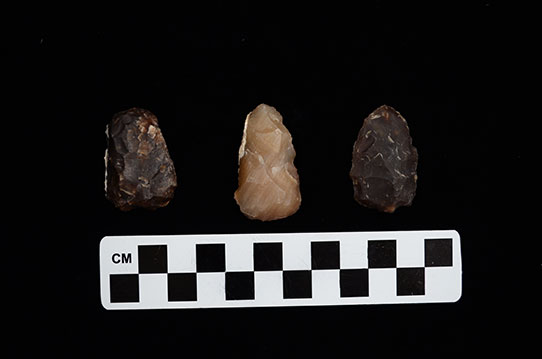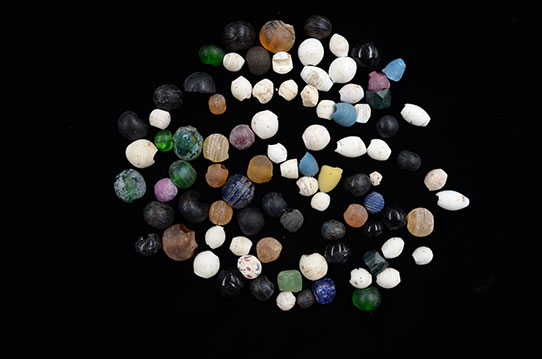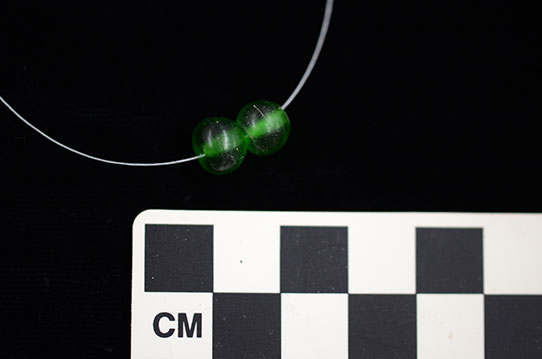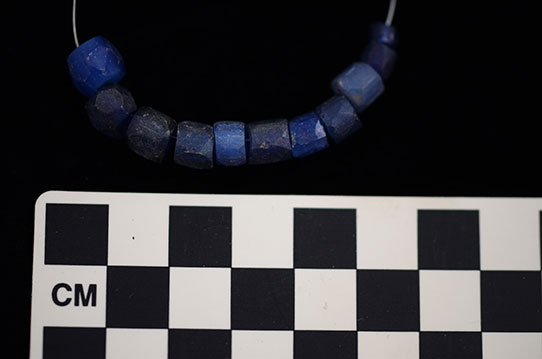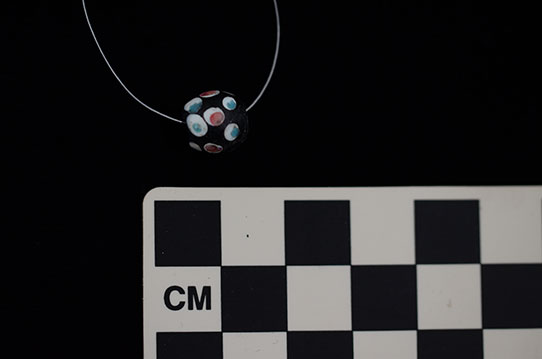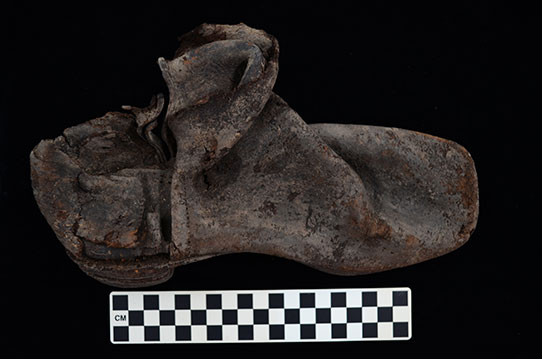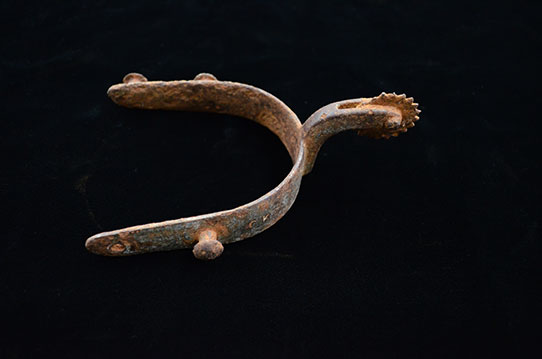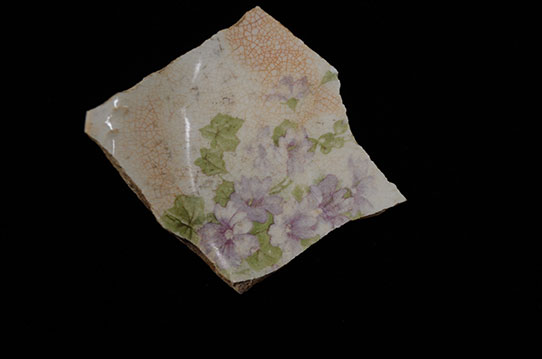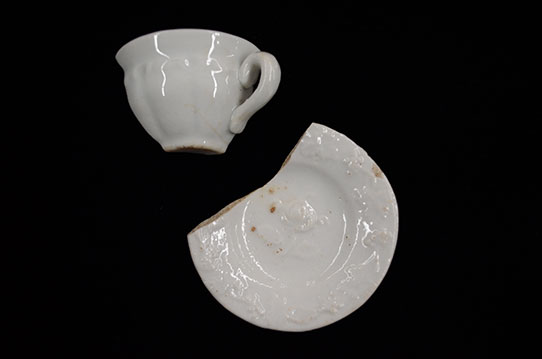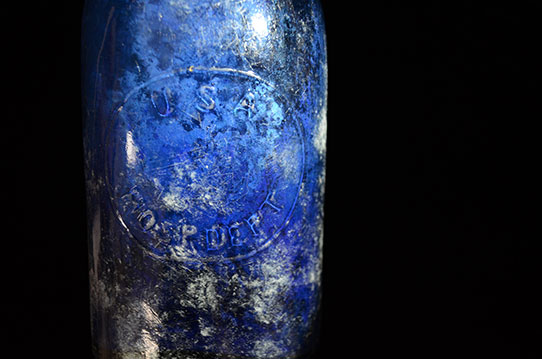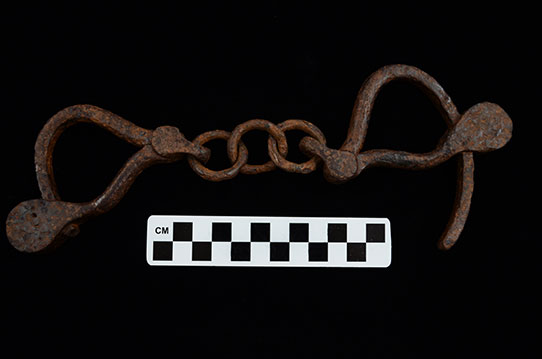Learning from Trees
While writing the new curriculum for 8th grade North Dakota Studies (ndstudies.gov/gr8), I browsed the archives for “good stuff.” “Browse the archives” should also be in quotation marks because one does NOT browse the archives as one browses the shelves in the public library. Archival materials are carefully stored in locked rooms where the controlled environment prevents the documents from being harmed by mold and other threats. The locked doors also prevent interested bystanders from acquiring important documents for their own libraries.
The “good stuff” I was looking for was, ideally, brief explanatory documents and photographs that could explain how life unfolded for those who lived in North Dakota in the past. The documents had to be interesting enough to hold the attention of eighth-graders. I wanted students to view the past through events that were fun or had a youthful perspective.
To find documents, I searched the online catalog (ODIN). Since I often started my search with only a vague idea of my goal, it actually was a little like browsing. I kept my fingers crossed that my search terms were appropriate to my wish list. When luck was with me, I was rewarded with some lovely gems from the archival collections.
One of my favorites is a collection of papers and photographs documenting the tree claim of Nels Wold of Traill County (A. N. Wold Papers, Mss 20375). Tree claims were made under the Timber Culture Act (1872). Planting several acres of trees and keeping them alive for several years entitled the claimant to 160 acres in addition to other claims such as a Homestead Act (1862) claim.
The collection includes the official forms Wold filled out to establish and prove his claim, a map of Traill County, and a hand-drawn map of the Wold farmstead showing where the trees had been planted. Bringing these documents to life are several photographs showing the trees on the date of his proof in 1891 and in 1898. In the twenty years since they were planted, the trees had grown to shelter the house and barns from the winds.
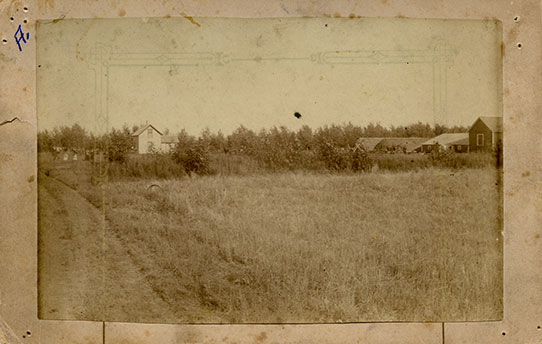
The Wold farm in 1891. The trees behind the house were planted under the Timber Culture Act in 1878. SHSND 20375-B375-A
Another photograph brings a stronger historical view to the Wold Papers. In this photo, Nels Wold’s son, A. N. Wold, stands with his two children next to a 50-year-old tree. The cottonwood tree appears to hold in a fond embrace the descendants of the man who planted it.
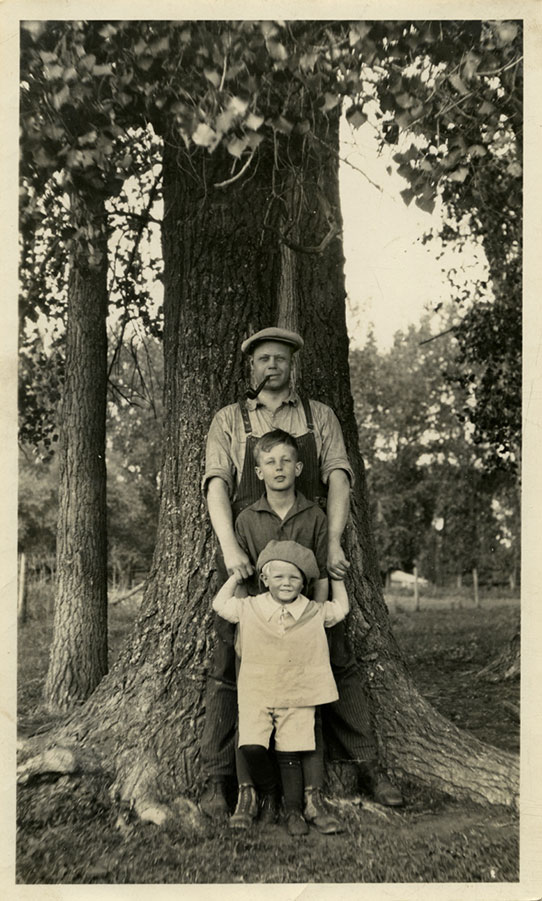
Nels Wold’s son, A. N. Wold and his two sons stand in front of a 50-year-old cottonwood tree on the Wold farm. SHSND-B375-F
These documents and photographs will help students understand how the federal government distributed land in the 19th century and the challenges the claimants faced in keeping those trees alive. Reading these documents, along with other lessons on rainfall and drought, the students will understand why tree claims were successful only in the eastern part of North Dakota. Perhaps students will also gain an appreciation for North Dakota’s great variety of climates and soils, the hard work of settlement farmers, and the beauty of a tree.



